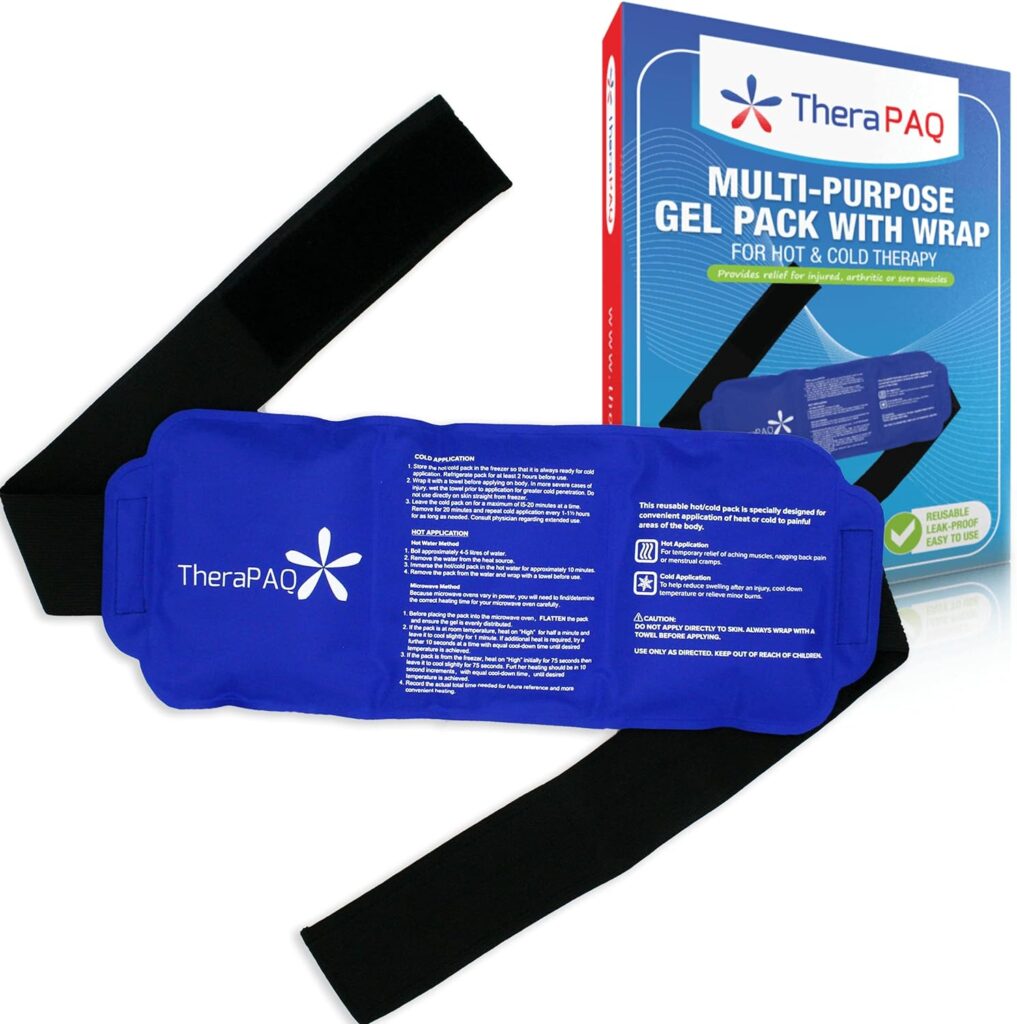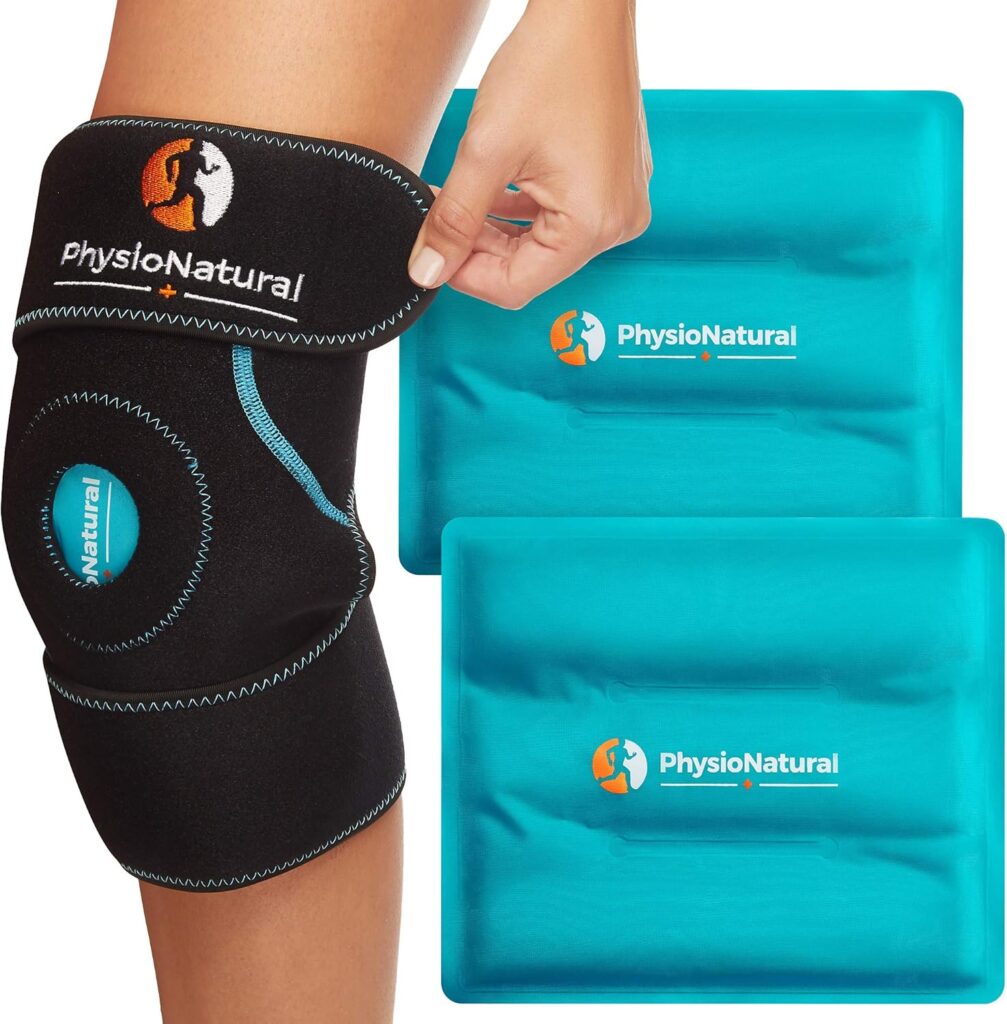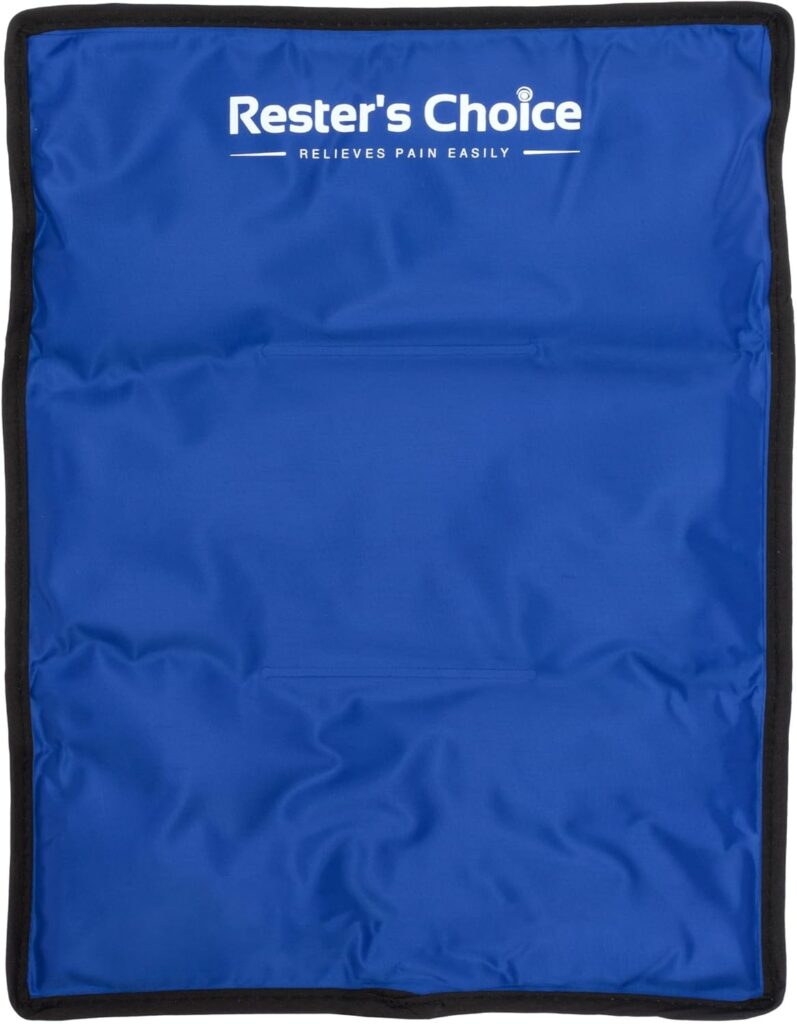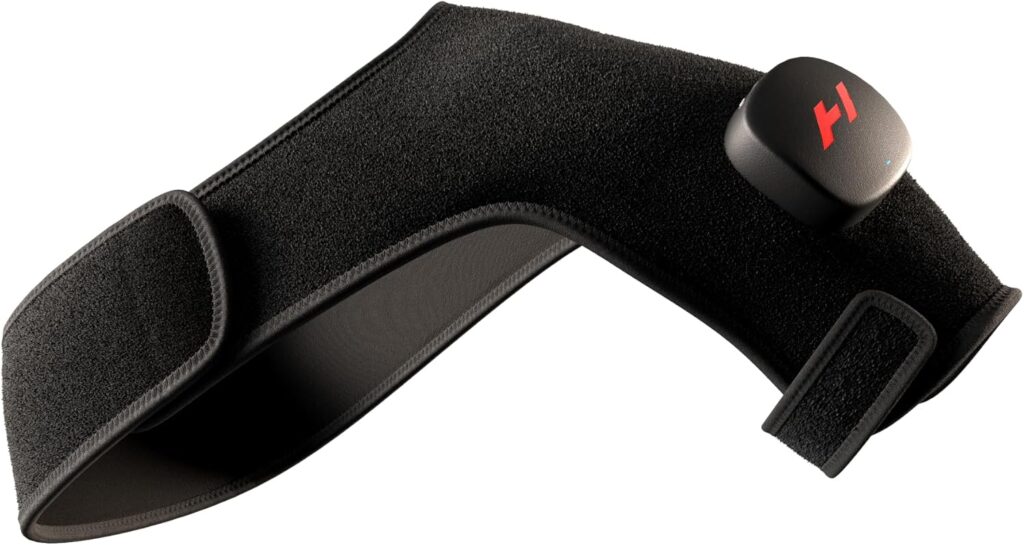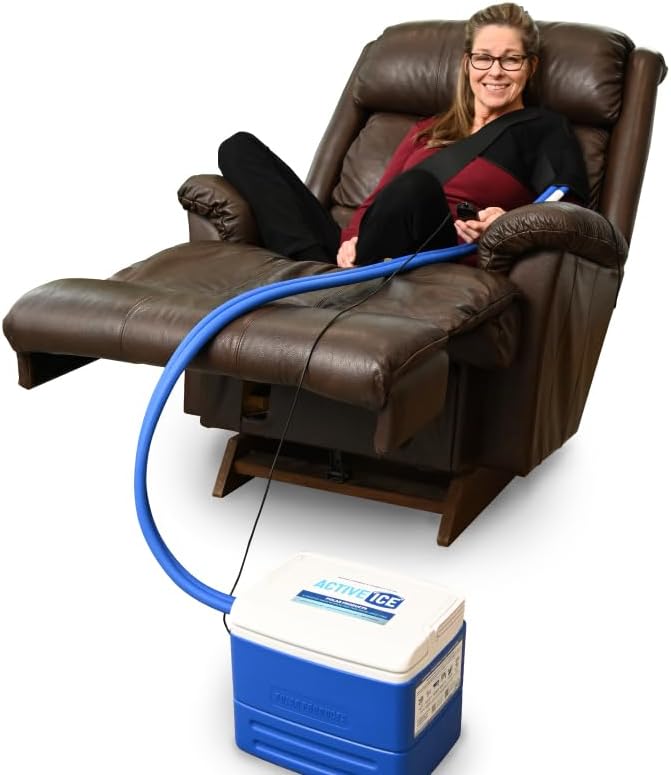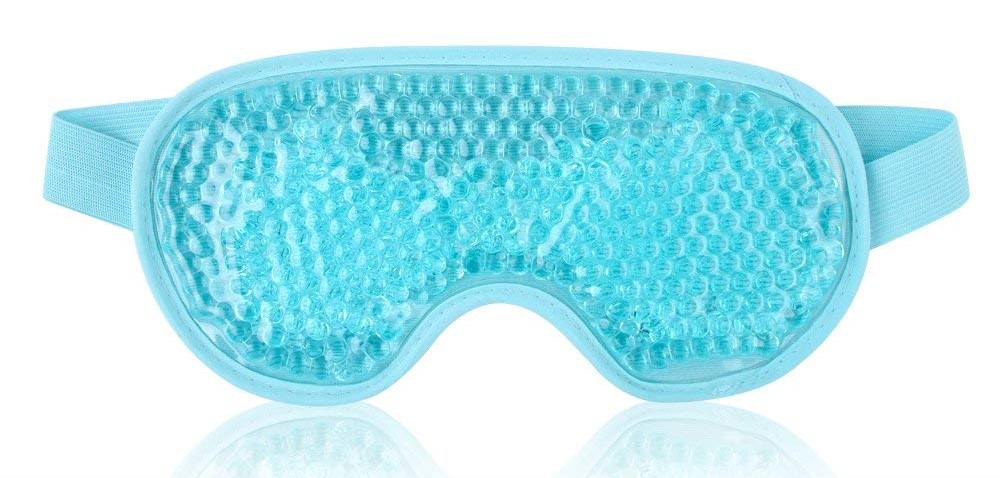How Athletes Use Cold Therapy to Maximize Performance
When it comes to improving athletic performance, you’re always on the lookout for effective methods to push your limits and aid in recovery. One powerful tool that athletes have relied on for decades is cold therapy. This therapeutic approach, also known as cryotherapy, is used to reduce muscle soreness, speed up recovery, and enhance overall performance.
Whether you’re a seasoned professional or just starting your fitness journey, understanding and applying cold therapy can give you a significant edge. Here’s how it works and how you can use it to maximize your performance.
The Science Behind Cold Therapy
When you subject your body to intense physical activity, tiny tears occur in your muscles. This process, while essential for building strength and endurance, often leads to inflammation and soreness. Cold therapy works by reducing blood flow to the affected area, decreasing inflammation, and numbing sore tissues. It also helps flush out metabolic waste, like lactic acid, that accumulates during exercise.
One of the key benefits of cold therapy is its ability to accelerate recovery. Faster recovery means you can train harder and more frequently, ultimately leading to better performance. In addition, cold therapy can help improve circulation once the treated area warms up, promoting the delivery of oxygen and nutrients to your muscles.
Methods of Cold Therapy for Athletes
There are several ways to incorporate cold therapy into your routine. Depending on your needs and preferences, you might choose one or more of the following methods.
Ice Baths
Ice baths are a favorite among elite athletes for reducing muscle soreness and fatigue. After a grueling workout, you immerse yourself in a tub filled with cold water and ice. The cold constricts blood vessels and reduces swelling, while the numbing effect provides immediate relief from soreness.
To take an ice bath, fill your tub with cold water, add ice until the temperature reaches 50-59°F (10-15°C), and soak for 10-15 minutes. If you’re looking for a convenient option, consider the Cold Pod Ice Bath Tub available on Amazon. It’s portable, easy to set up, and highly rated by users.
Cold Showers
If an ice bath seems too intense, a cold shower is a more accessible alternative. By turning the temperature dial to cold after your workout, you can enjoy similar benefits, albeit on a smaller scale. Cold showers are especially useful for everyday recovery, as they require no special equipment and fit seamlessly into your routine.
Cryotherapy Chambers
For a more high-tech approach, you might explore cryotherapy chambers. These devices expose your body to extremely low temperatures, typically between -200°F and -300°F (-130°C to -184°C), for two to three minutes. The intense cold triggers a systemic response, reducing inflammation and releasing endorphins that improve mood and reduce pain.
Cryotherapy chambers are often found in specialized clinics and training facilities. If you want to bring this technology home, the Cryo Arctic Portable Cryotherapy Machine, which is available online, could be a worthwhile investment for serious athletes.
Ice Packs
Ice packs are one of the simplest and most versatile cold therapy tools. They’re perfect for targeting specific areas, such as a sore knee or an inflamed ankle. Simply apply the ice pack to the affected area for 15-20 minutes to reduce pain and swelling.
The TheraPAQ Reusable Gel Ice Pack is a highly-rated product available on Amazon. Its adjustable strap makes it easy to secure to different parts of your body, providing hands-free relief.
Cooling Sleeves and Wraps
Cooling sleeves and wraps are designed to deliver localized cold therapy while allowing you to stay mobile. These products are especially useful for athletes who want to recover on the go. For instance, the PhysioNatural Cold Therapy Compression Wrap combines cold therapy with compression, making it a popular choice among runners and cyclists.
Cold Therapy in Your Training Regimen
Incorporating cold therapy into your routine doesn’t require a complete overhaul of your training schedule. Here’s how you can make it work for you.
Pre-Workout Preparation
While cold therapy is primarily associated with recovery, some athletes use it before workouts to reduce existing inflammation and prep their muscles. A quick cold shower or an ice pack on a sore area can help you feel fresh and ready to perform.
Post-Workout Recovery
Post-workout is when cold therapy truly shines. After intense exercise, a cold shower, ice bath, or ice pack can minimize soreness and speed up your recovery. If you’ve pushed your limits during training, a session in a cryotherapy chamber can provide full-body relief.
Injury Management
Cold therapy is also a go-to solution for managing injuries. Whether you’re dealing with a sprain, strain, or other soft tissue injury, applying ice during the first 48 hours can reduce swelling and promote healing. Keep products like the Rester’s Choice Ice Pack for Injuries on hand for immediate relief.
Combining Cold Therapy with Other Recovery Techniques
To maximize the benefits of cold therapy, consider combining it with other recovery methods.
Active Recovery
Light activities like stretching, yoga, or a leisurely walk can complement cold therapy by improving blood flow and mobility. After an ice bath, gentle stretching can help your muscles relax and recover more effectively.
Nutrition and Hydration
Proper nutrition and hydration are essential for recovery. After applying cold therapy, fuel your body with a balanced meal that includes protein, carbohydrates, and healthy fats. Staying hydrated also aids in flushing out toxins and reducing inflammation.
Massage and Compression
Massage therapy and compression garments can work alongside cold therapy to alleviate soreness and improve circulation. For example, after using a cooling wrap, you might wear compression sleeves to further enhance blood flow.
Products That Enhance Cold Therapy
In addition to the tools mentioned earlier, you might find these products useful in your cold therapy routine:
Hyperice Venom Shoulder Cold Therapy Device: This device combines cold therapy with vibration to target shoulder pain and stiffness.
Polar Products Active Ice 3.0 Therapy System: Designed for long-term use, this system provides consistent cold therapy through an adjustable wrap.
Cold Compress Eye Mask by NEWGO: Perfect for relieving headaches or eye strain, this gel mask provides targeted cold therapy for your face.
Common Mistakes to Avoid
While cold therapy is highly effective, there are some common mistakes you should avoid:
- Overdoing It: Prolonged exposure to extreme cold can damage your skin and tissues. Stick to recommended durations.
- Skipping Warm-Up: Always warm up your body after cold therapy to restore normal blood flow.
- Ignoring Contraindications: If you have circulatory issues or certain medical conditions, consult a healthcare professional before using cold therapy.
Conclusion
Cold therapy is a time-tested method that athletes across disciplines use to enhance performance and speed up recovery. From ice baths to cryotherapy chambers, there are various tools and techniques to suit your preferences and goals.
By incorporating cold therapy into your regimen, you can reduce soreness, prevent injuries, and push your limits like never before.
Remember to invest in high-quality products that align with your needs. Whether it’s a portable ice bath, a reusable ice pack, or a high-tech cryotherapy device, these tools are essential for making the most of cold therapy. With consistency and proper application, you’ll unlock your full athletic potential and achieve new heights in your performance.

